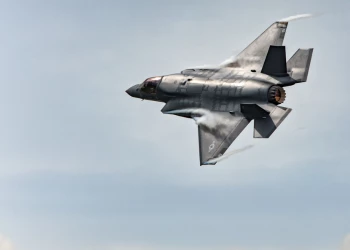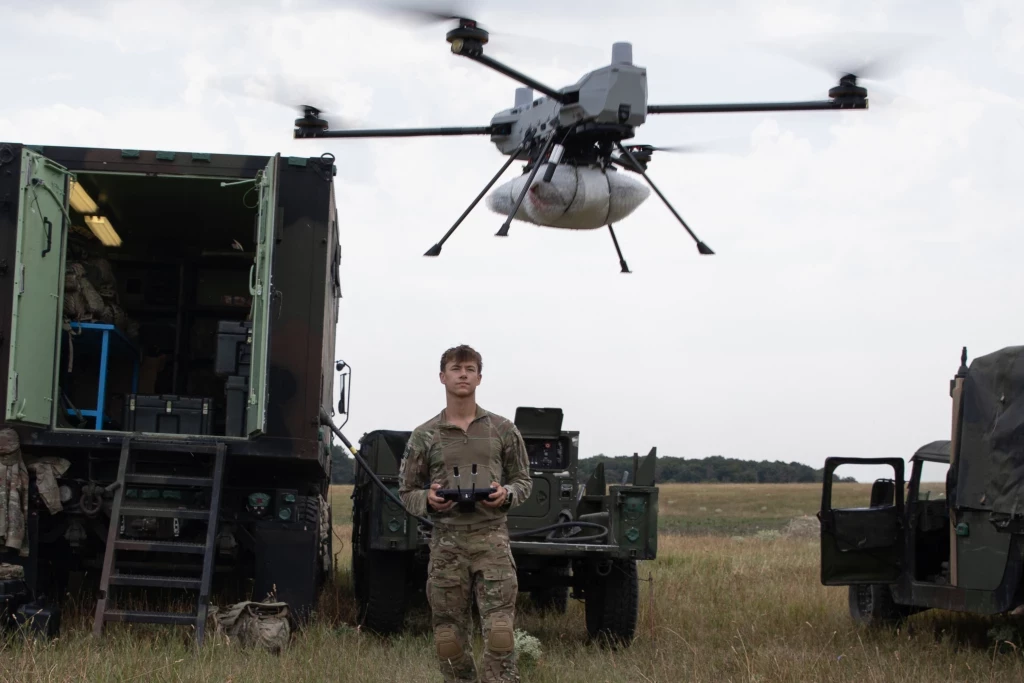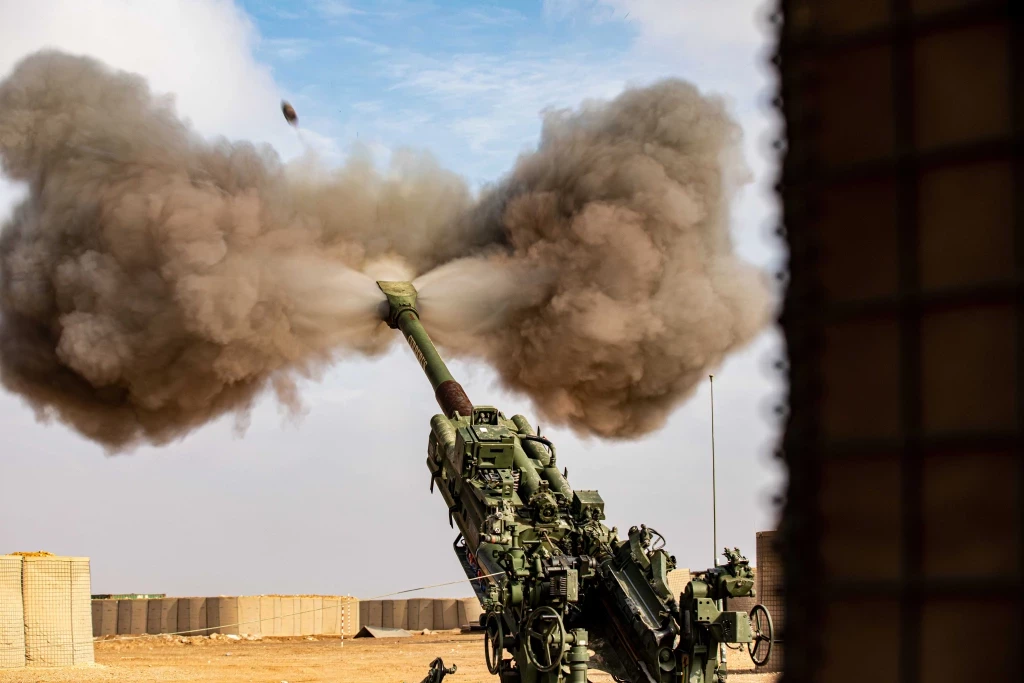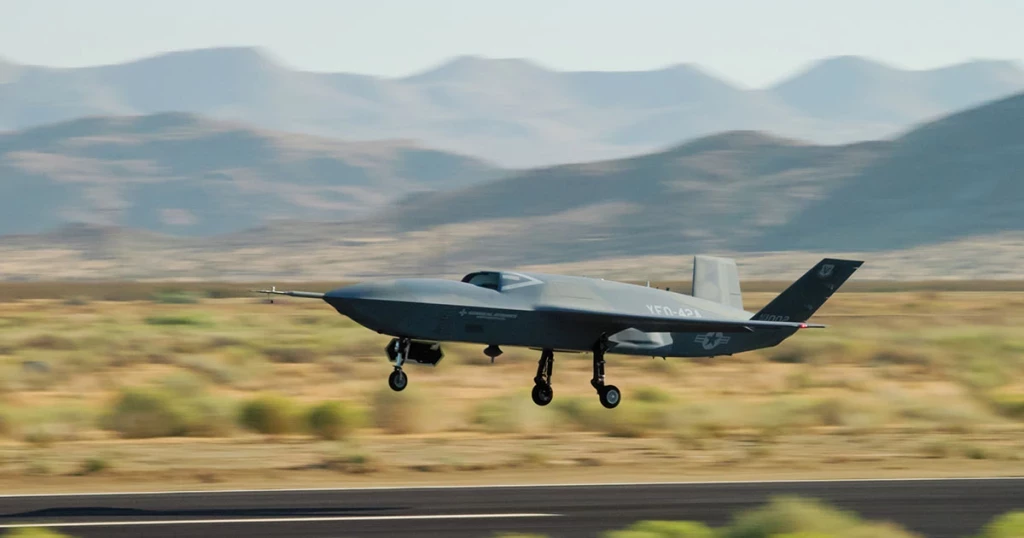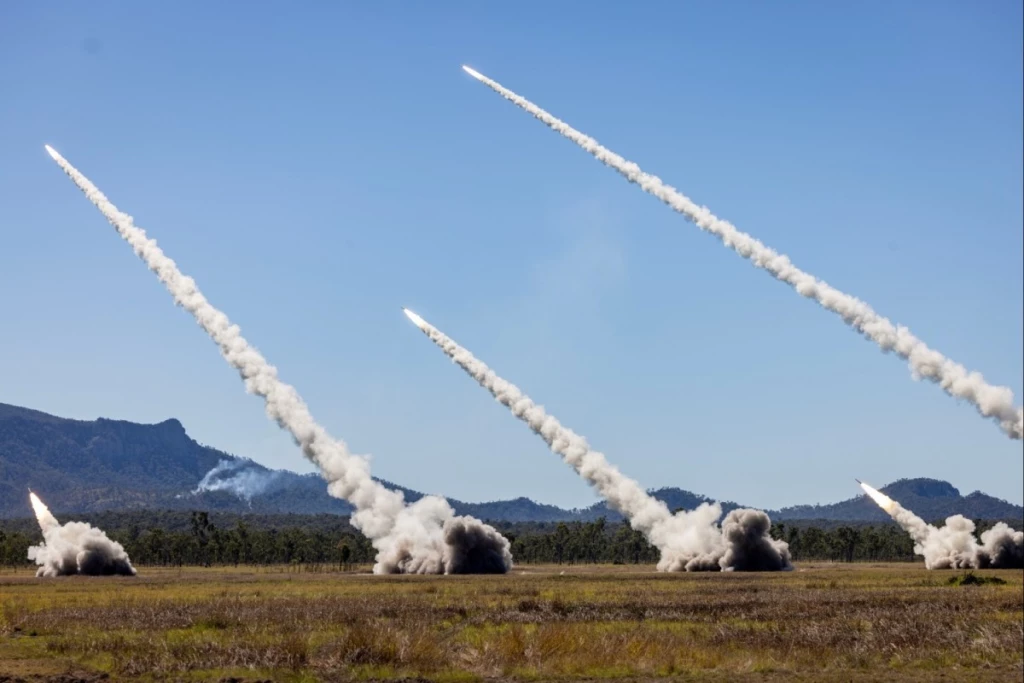Defense News Digest: April 2025
Add bookmark
Welcome to IDGA’s weekly news roundup. For over two decades, IDGA has organized conferences designed to further the national security objectives of the current administration and to facilitate the acquisition priorities of the DoD, DHS, and other federal agencies. Now, through this weekly series, we look to educate the community on the latest research, program updates and news in the defense and government sector.
This month we will examine five stories you might have missed, including 3-D printed small drones for the Army, an upcoming Marines review of IT infrastructure, an update on the Air Force’s CCA program, and much more.
Acting DoD CIO Signs Off on New Approval Process for Software
The Pentagon is overhauling its cybersecurity certification process for contractors with a new AI-powered system called Software Fast Track (SWIFT). The announcement was made at the AFCEA DC Luncheon on April 23 by Acting Pentagon Chief Information Officer Katie Arrington. At the luncheon, Arrington declared the long-standing Risk Management Framework (RMF) and Authorization To Operate (ATO) processes obsolete, calling them “archaic” due to their reliance on time-consuming paperwork.
The SWIFT initiative leverages AI tools to analyze third-party cybersecurity data and software technical details submitted through eMASS, then stores this information in the Supplier Performance Risk System (SPRS). The process builds upon earlier “Fast Track ATO” efforts piloted by the Air Force but introduces new requirements—including Software Bills of Materials (SBOMs) for both development and production environments, certified by independent third parties.
If software submissions meet key criteria—secure-by-design development, zero trust alignment, and continuous monitoring—SWIFT can grant provisional ATOs rapidly without human intervention. Arrington confirmed she signed the policy memo on April 23, with a formal rollout and industry RFI expected within weeks.
DIU Expands Reach with Three New Innovation Hubs
The Defense Innovation Unit (DIU), the DoD unit founded to help the military make quicker use of emerging technologies, is set to expand in 2025 with new regional hubs in Kentucky, Minnesota, and Montana.
The new locations build on DIU’s expanding footprint, which includes existing offices in California, Massachusetts, Texas, D.C., Illinois, and five onramp hubs opened last year. The move is part of the DoD’s ongoing effort to broaden access to the Pentagon for commercial and dual-use technology developers.
These on-ramp hubs serve as entry points for companies and universities unfamiliar with DOD contracting, helping them access funding and accelerate technology adoption within the military.
The move aligns with a directive from the Senate Armed Services Committee, which encouraged DIU to achieve “nationwide coverage” and move beyond traditional tech centers. DIU Director Doug Beck highlighted the strategic value of harnessing “American ingenuity” from across the country to enhance the defense industrial base and rapidly integrate off-the-shelf solutions into military operations.
Army Accelerates 3D Printing of Small Drones
The U.S. Army is rapidly prototyping low-cost, 3D-printed drones to simulate real-world threats during training, with a potential decision on scaling production expected in the coming months. The initiative, spearheaded by Army Futures Command and Army Materiel Command (AMC), aims to provide platoons with swarms of Group 1 drones (under 20 lbs) for home station exercises at a fraction of typical costs.
General James Rainey, head of Army Futures Command, emphasized the need to replicate adversary drone swarms at scale and minimal expense—avoiding high-end features like expensive cameras. The project draws inspiration from ongoing conflicts in Ukraine and Myanmar, where low-cost, 3D-printed drones are already influencing battlefield dynamics.
Currently, the Army is producing about 10 drones per week through a dual-site operation: Rock Island Arsenal in Illinois prints drone frames, while Tobyhanna Army Depot in Pennsylvania integrates electronics. If successful, the Army may shift to injection molding to significantly increase output—up to 10,000 units per month—for deployment in major training centers.
Marines Plan Review of IT Infrastructure
The U.S. Marine Corps is set to begin a comprehensive review of its IT infrastructure this summer to assess its ability to support the growing use of artificial intelligence (AI) across the service. The initiative is part of a broader push to break down silos and better coordinate successful but fragmented AI efforts currently deployed across the force.
Capt. Christopher Clark, AI lead at Headquarters Marine Corps, outlined the plan at the AITalks conference in Washington, noting that while AI is already in use, existing IT systems lack the computing power and data pipelines needed to scale these capabilities.
Key elements of the Marines new AI integration strategy include a service-wide IT survey, formation of digital transformation teams, digitization of manual processes, and a potentially new Digital Transformation Center for collaboration across the corps, other services, and academia.
CCA Update
The U.S. Air Force is adjusting its approach to the Collaborative Combat Aircraft (CCA) program, signaling a move toward more affordable, lower-capability drone wingmen in future development phases. Contrary to earlier expectations that “increment two” would bring more advanced and costly systems, service leaders now say the next wave will likely favor budget-friendly designs. Maj. Gen. Joseph Kunkel, director of force design, integration, and wargaming, said the service is leaning toward “low-end” options as it looks to scale up CCA deployment alongside manned platforms.
While initial CCA prototypes—designed largely as missile carriers for fighters—are expected to begin flight testing this summer, the Air Force is still refining its vision for follow-on variants, including potential roles in electronic attack, resilient sensing, and expanded weapons payloads. The service is also broadening its integration plans beyond fighter escorts, exploring ways to team CCAs with the E-7 Wedgetail radar plane and the B-21 Raider bomber, and even operate independently in contested environments.
This shift comes amid the announcement of the new sixth-generation F-47 fighter, which is set to anchor the Air Force’s Next Generation Air Dominance family of systems. Leaders believe the F-47 will bring transformative capabilities and reaffirm the Air Force’s central role in joint operations. The move toward lower-cost CCAs also reflects fiscal realities, as Defense Secretary Pete Hegseth has ordered all services to identify 8% in budget cuts to reprioritize defense spending.
$150B Defense Bill Prioritizes Shipbuilding, Missile Shield, and Munitions
House and Senate Armed Services Committee Republicans unveiled a sweeping $150 billion reconciliation bill aimed at rapidly expanding U.S. defense capabilities in line with President Trump’s priorities. Half of the funding is allocated to shipbuilding, the new “Golden Dome” missile defense program, and increased munitions production. The bill—which bypasses potential Senate filibusters through reconciliation—will be reviewed in a House Armed Services Committee markup session on Tuesday (April 29).
The bill earmarks $33.7 billion for shipbuilding, including two more Virginia-class submarines, two Arleigh Burke-class destroyers, and expanded unmanned surface and underwater vessel programs. The Golden Dome missile defense initiative receives $24.7 billion to integrate current systems with new space- and ground-based sensors, hypersonic interceptors, and boost-phase defenses. Munitions production, a traditional budgetary underdog, gets $20.4 billion, including funding for long-range cruise missiles, maritime mines, and industrial base reinforcement.
Additional highlights include $13.5 billion for scaling up low-cost weapon systems, $12.9 billion for nuclear deterrence—including B-21 bomber acceleration and modernization of ICBMs—and $7.2 billion for air superiority programs, such as F-15EX and sixth-generation fighter production. The bill also sets aside funds for readiness, Indo-Pacific Command support, quality of life improvements for servicemembers, and Pentagon audit compliance.





